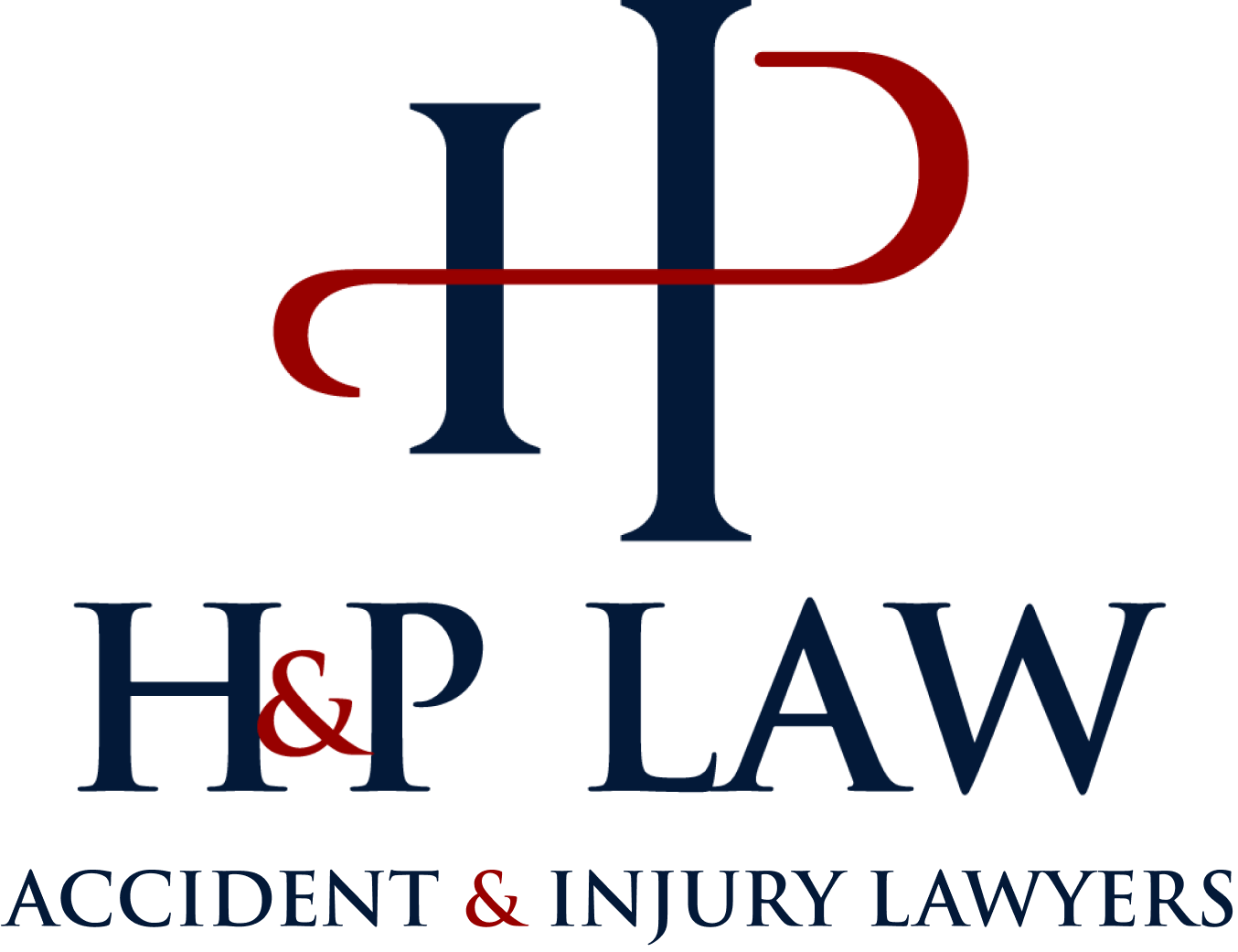
Car seat laws and rules about child restraint vary from state to state, and there are as many opinions as there are parents, so there is some confusion what the laws are regarding child safety restraints in a vehicle. The question many are asking is, when does my child have to be in a car seat, and how do I know whether it should be rear-facing, front-facing, or a booster? When does my child “graduate” from a car seat to an ordinary seatbelt?
The Law
Nevada has had child restraint laws since 1983, and those laws are frequently updated, having been changed three times since 2003. The most recent version of the statute, NRS 484B.157, is from 2007.
First, child restraint laws only apply to children who are younger than six and less than 60 pounds. That means on your child’s sixth birthday, or when your child weighs 60 pounds—whichever occurs earlier—he or she can legally use a seatbelt like an adult. According to experts, that’s not the safest option, but that is nonetheless all that is legally required in Nevada. In Nevada, a 60-pound four-year-old and a 40-pound seven-year-old can both legally ride in a vehicle without a car seat.
Other than that, the statute provides little guidance. It does address the type of car seat that should be used, but only vaguely. The statute requires that the car seat be “appropriate for the size and weight of the child.”
A violation of the statute is not a moving violation, but comes with penalties including fines between $100 and $1,000 (it increases with subsequent violations) and between 10 and 100 hours of community service (which again, increase for repeat offenders). A third infraction requires a suspension of the driver’s license of the person violating the law. Persons who commit this infraction can get some or all of the fine or community service waived (one time only) if they agree to complete an approved training program on child restraint systems.
There are two exceptions to the statutory requirement on car seats—when a physician exempts a child from certain restraints (which doctor’s note must be kept in the vehicle) or when the child is being transported by means of public transportation.
Recommended Best Practices
Because Nevada statute does not provide any real guidance as to what car seat is appropriate based on the child’s age and size, we conducted further research. According to safercar.gov, the rear-facing car seats are the safest, and you should keep your child in one for as long as possible, depending on the upper height and weight specifications set forth by the manufacturer. At the very least, according to safercar.gov, your child should remain in a rear-facing seat a minimum of one year. Ideally, your child should be in a rear-facing seat through age three, depending on the size of your child.
Once the child is too big for the rear-facing seat (based on the specifications of the particular seat you are using), he or she should begin using a forward-facing car seat with a harness and a tether. Again, the child should remain in a forward-facing car seat for as long as he or she fits (based on manufacturer specifications). Ideally, the child will be in a forward-facing car seat through age seven, depending on his or her size.
Once your child is too big for the forward-facing car seat, he or she should use a booster seat, which should be used until a safety belt can be used safely. You’ll know when a seatbelt can be used safely because the lap belt rests snugly against the upper thighs (below the waist), not across the stomach. If the shoulder belt crosses the neck or face, the child is too small. It should lie across the chest and shoulder snugly.
Although Nevada law does not address which seat the child should sit in, safercar.gov recommends that a child stay in the back seat (particularly if the front seat is equipped with an airbag) at least until age 12.
Zachariah B. Parry is an attorney and founding partner at the law firm H & P and is an adjunct professor who teaches torts, contracts, and Nevada practice and procedure for UNLV’s paralegal program. He can be reached at 702-912-4451.




